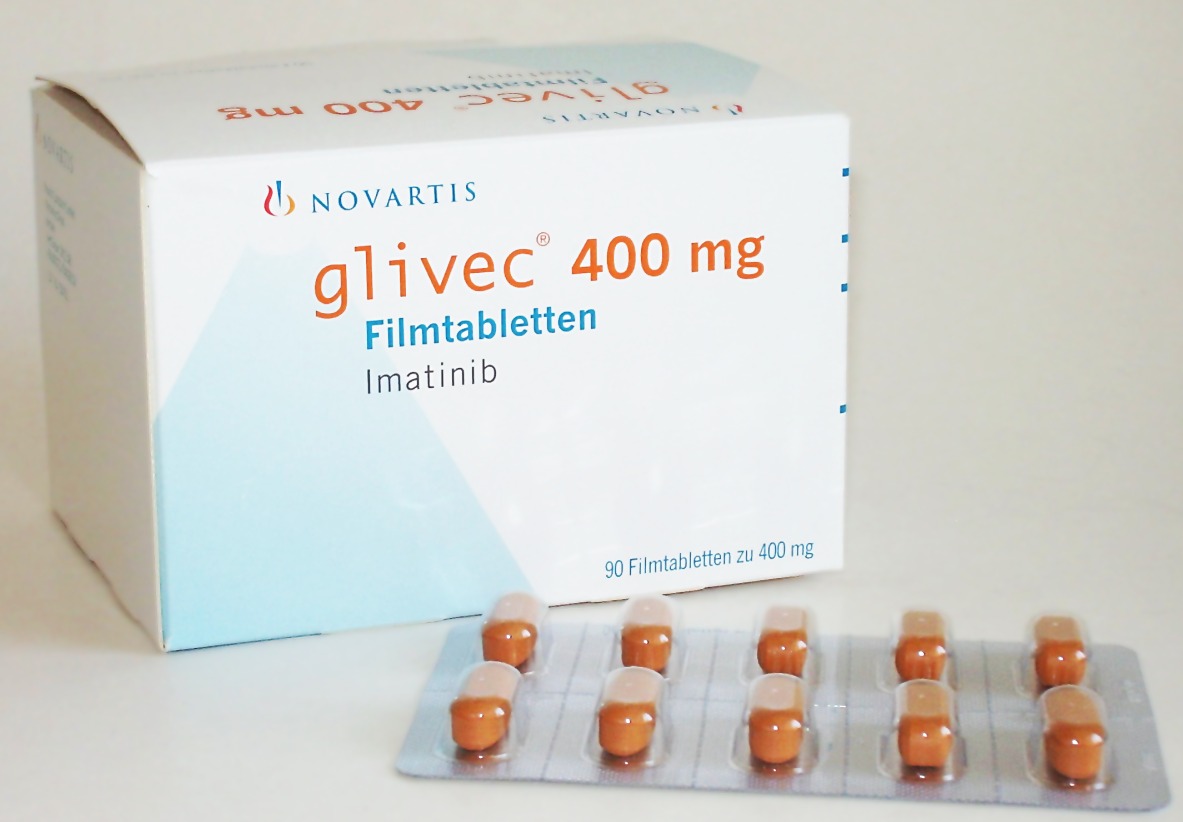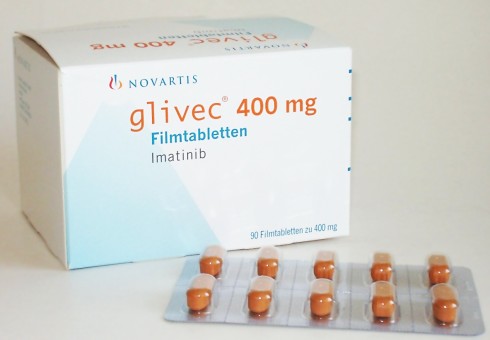The Hallmarks of Cancer: Fighting Back

Fighting back How can we use our knowledge about growth factors (detailed in the previous articles here and here) to fight back against cancer? This is where the magic words ‘targeted therapies’ come in. Since cancer cells hijack normal growth factor response pathways to become self sufficient, it is logical for us to target these errant pathways specifically. If a growth factor receptor is stuck on ‘always on’, for example as a perpetually active kinase, then finding a specific inhibitor to stop the activity of this kinase would starve the cancer cell of the signal it is dependent on for uncontrolled growth.

Two such drugs, discovered in the 1990s utilize this principle. Gleevec, used as treatment for chronic myelogenous leukemia and Herceptin, for the treatment of breast cancer, both inhibit specific components of growth factor response pathways to starve the cancer of this signal. Earlier in this series I mentioned the Ras protein, which is frequently mutated in cancers; work is currently underway to find small molecules that are capable of inhibiting Ras. An exciting era of targeted cancer therapies lie ahead of us, because we have a deeper understanding of how cancer happens.

Samarasinghe B (2013-10-24 00:12:09). The Hallmarks of Cancer: Fighting Back. Australian Science. Retrieved: Jul 02, 2025, from http://ozscience.com/biology/the-hallmarks-of-cancer-fighting-back/
 Follow
Follow